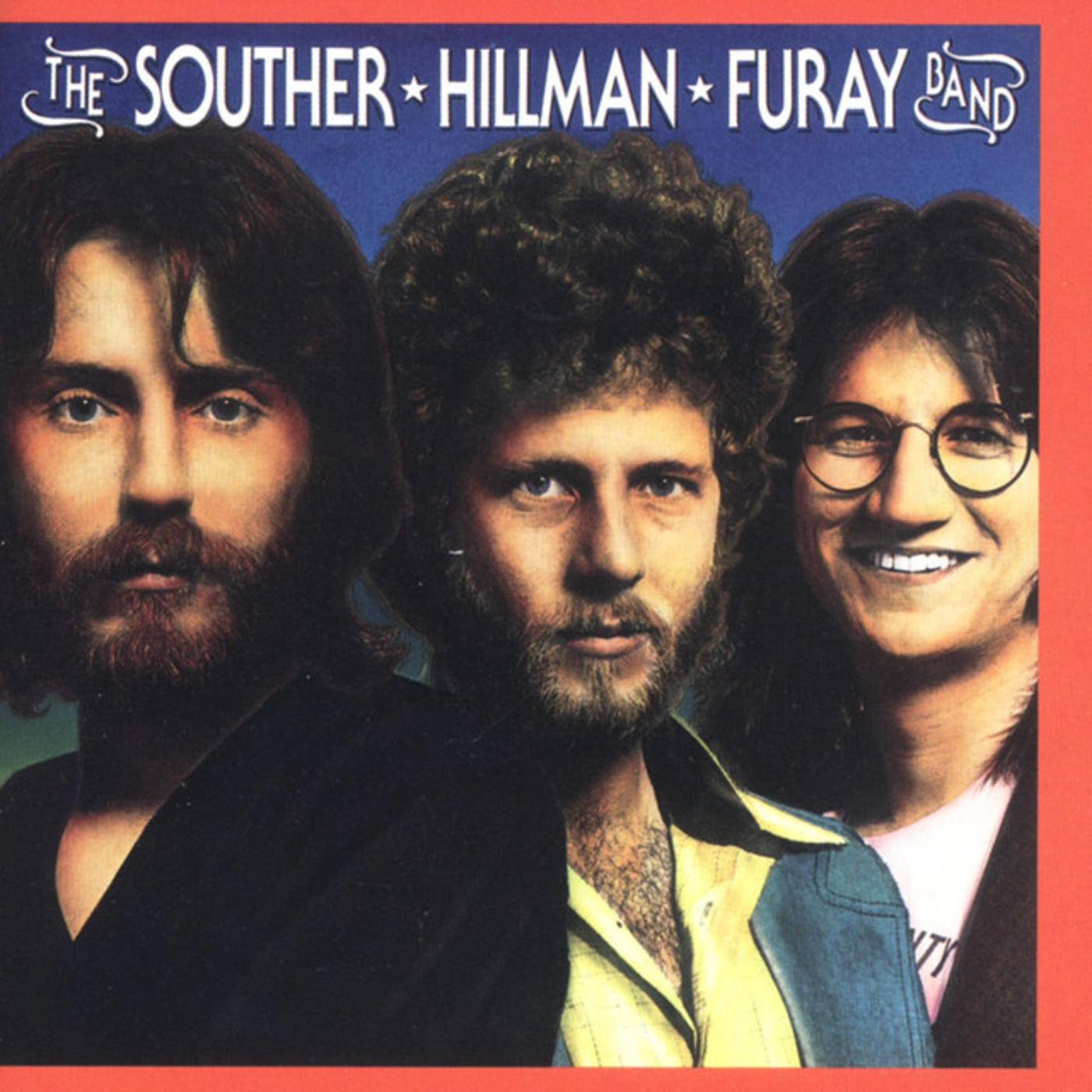Spotlighting the Souther-Hillman-Furay Band

Today’s the birthday of Richie Furay, but rather than celebrate by looking back at his work with Buffalo Springfield or Poco, we thought we’d dig a little bit deeper and delve instead into the two albums he did in the mid-1970s with Chris Hillman and J.D. Souther.
When Furay departed the ranks of Poco after the release of 1973’s Crazy Eyes album, he didn’t have to worry about embarking on a solo career right off the bat, thanks to good ol’ David Geffen coming up with the idea to team him with Hillman, who’d just come off playing with Stephen Stills’ Manassas, and Souther, whose street cred was just starting to go through the roof, thanks to having once been part of a duo called Longbranch Pennywhistle with Glenn Frey. Of course, Souther went on to co-write some of the Eagles’ biggest hits with Frey and Don Henley, but that’s a story for another time. Or maybe not.
The Souther-Hillman-Furay Band – which also featured former Manassas members Paul Harris (piano), Joe Lala (percussion), and Al Perkins (pedal steel guitar), along with session drummer Jim Gordon – released their self-titled debut in 1974, which went gold and earned the band a top-40 single with “Fallin’ in Love,” which hit #27. It also featured two more songs Furay had written: “Believe Me” and “The Flight of the Dove,” the former having been rescued from the sessions for Poco’s Crazy Eyes.
Unfortunately, you can’t say there wasn’t truth in advertising with the title of their second and final album, 1975’s Trouble in Paradise. It’s mildly surprising that it was ever completed, as the big three of the band weren’t really getting along, reportedly at least in part due to Furay’s decision to convert to evangelical Christianity. Per Furay’s website, “Each member was already moving on with different parts of their lives. Richie specifically befriended Al Perkins, a born again believer, and Richie soon began a personal relationship with Jesus.” (If the reports are true that Hillman and Souther countered Furay’s conversation by founding a “Heathen Defense League,” you can kind of understand why there was tension in the ranks.) In a 1998 interview with Goldmine, Souther summed up his time with the band by saying, “I’m not a great team player under those circumstances,” with journalist Debbie Kruger describing Souther’s feelings toward the Souther-Hillman-Furay Band as “an experience he so despised that he forced its demise through his own hostility.” Yikes.
Thankfully, it sounds like all three of them have mellowed at least a bit since then: in an April 2014 with The Bluegrass Situation, Hillman said that the threesome “actually sat down together not long ago, and I don't who it was – maybe Richie's manager – suggested we put it back together and go out on the road together. Playing, not recording, but maybe a short tour opening for someone else perhaps.” Mind you, Hillman’s not committing to any such thing quite yet, at least partially because he needs to go back and listen to the material again (“I love everybody’s individual songs, but I don’t know if I liked what we did together”), but he made a point of calling his two former bandmates “incredible musicians,” adding that “Richie is one of the great entertainers and Souther is one of the better songwriters.”
How do the Souther-Hillman-Furay Band’s two albums hold up? Fortunately for you, we’ve put both of ‘em into a single playlist, so you can find out for yourself!

